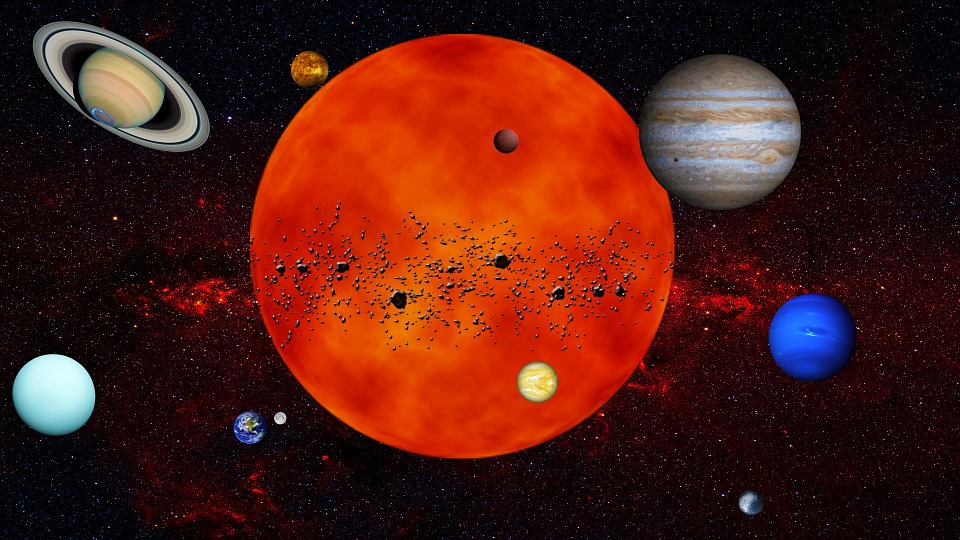
The distance of a planet from the sun has a direct influence on its orbital period. This phenomenon can be explained by Kepler’s laws of planetary motion, which state that planets orbit the sun in ellipses with the sun located at one of the foci of the ellipse.
The first of Kepler’s laws, also known as the law of orbits, states that planets move in elliptical orbits with the sun at one of the foci. This means that the distance between the planet and the sun varies throughout the planet’s orbit. At one point in the orbit, the planet will be closest to the sun, and at another point, it will be farthest away. The point of closest approach is called perihelion, and the point of farthest distance is called aphelion.
The second of Kepler’s laws, known as the law of areas, states that a planet sweeps out equal areas in equal times. This means that a planet moves faster when it is closer to the sun and slower when it is farther away. This also means that the planet spends more time in the part of its orbit when it is farther away from the sun, and less time in the part of its orbit when it is closer to the sun.
The third of Kepler’s laws, also known as the law of periods, states that the square of a planet’s orbital period is proportional to the cube of its average distance from the sun. Mathematically, this can be expressed as T^2 ∝ a^3, where T is the orbital period in years, and a is the semi-major axis of the planet’s elliptical orbit in astronomical units (AU). This law can also be expressed as T = k a^3/2, where k is a constant.
Therefore, we can see that the distance of a planet from the sun directly affects its orbital period. A planet that is farther away from the sun will have a longer orbital period than a planet that is closer to the sun. This is because the force of gravity that the sun exerts on a planet decreases as the distance between them increases. This means that a planet that is farther away from the sun will move more slowly in its orbit than a planet that is closer to the sun.
As an example, let us consider the inner planets of our solar system: Mercury, Venus, Earth, and Mars. Mercury is the closest planet to the sun, with an average distance of 0.39 AU, and an orbital period of 88 Earth days. Venus is the second planet from the sun, with an average distance of 0.72 AU, and an orbital period of 225 Earth days. Earth is the third planet from the sun, with an average distance of 1 AU, and an orbital period of 365.25 Earth days. Mars is the fourth planet from the sun, with an average distance of 1.52 AU, and an orbital period of 687 Earth days.
We can see that as the distance of the planet from the sun increases, its orbital period also increases. Mercury has the shortest orbital period of the four planets because it is the closest to the sun. Mars has the longest orbital period because it is the farthest from the sun. This relationship between distance and orbital period holds true for all planets in the solar system.
In conclusion, the distance of a planet from the sun has a direct influence on its orbital period. The further a planet is from the sun, the longer its orbital period will be. This relationship can be explained by Kepler’s laws of planetary motion, which describe how planets move in elliptical orbits around the sun. Understanding this relationship is crucial for astronomers and astrophysicists who study the dynamics of the solar system and the universe.







